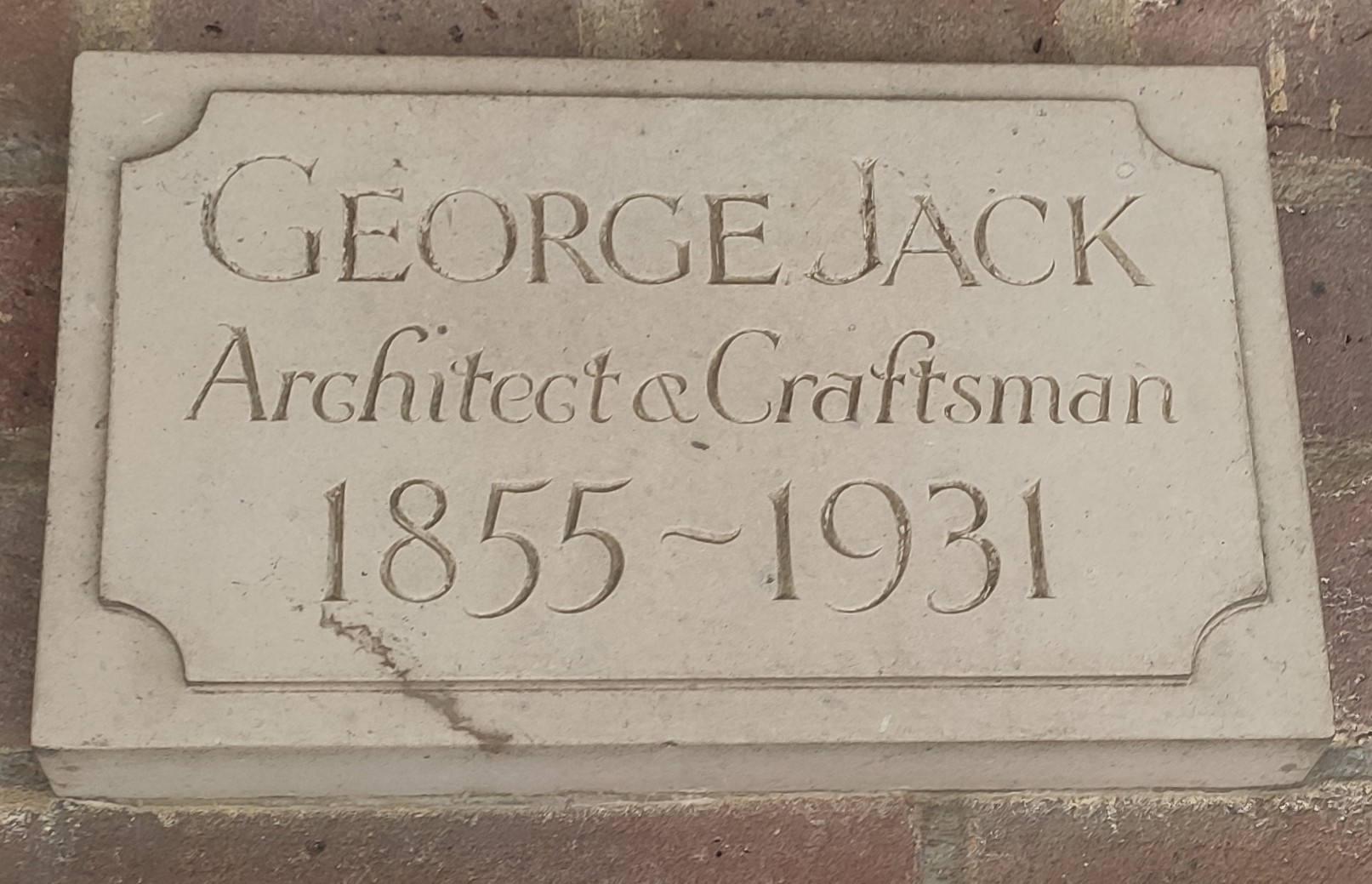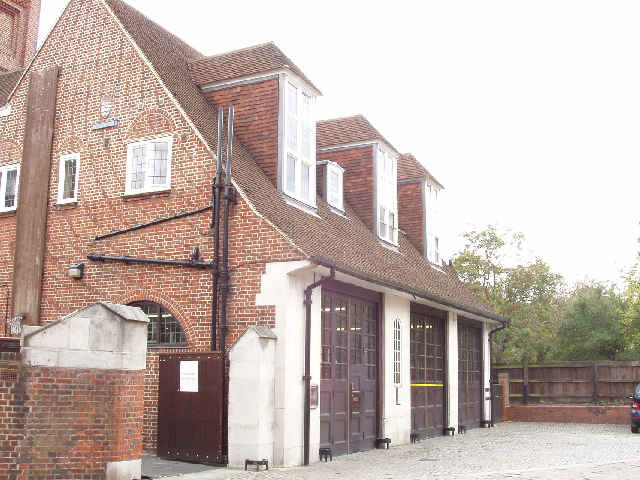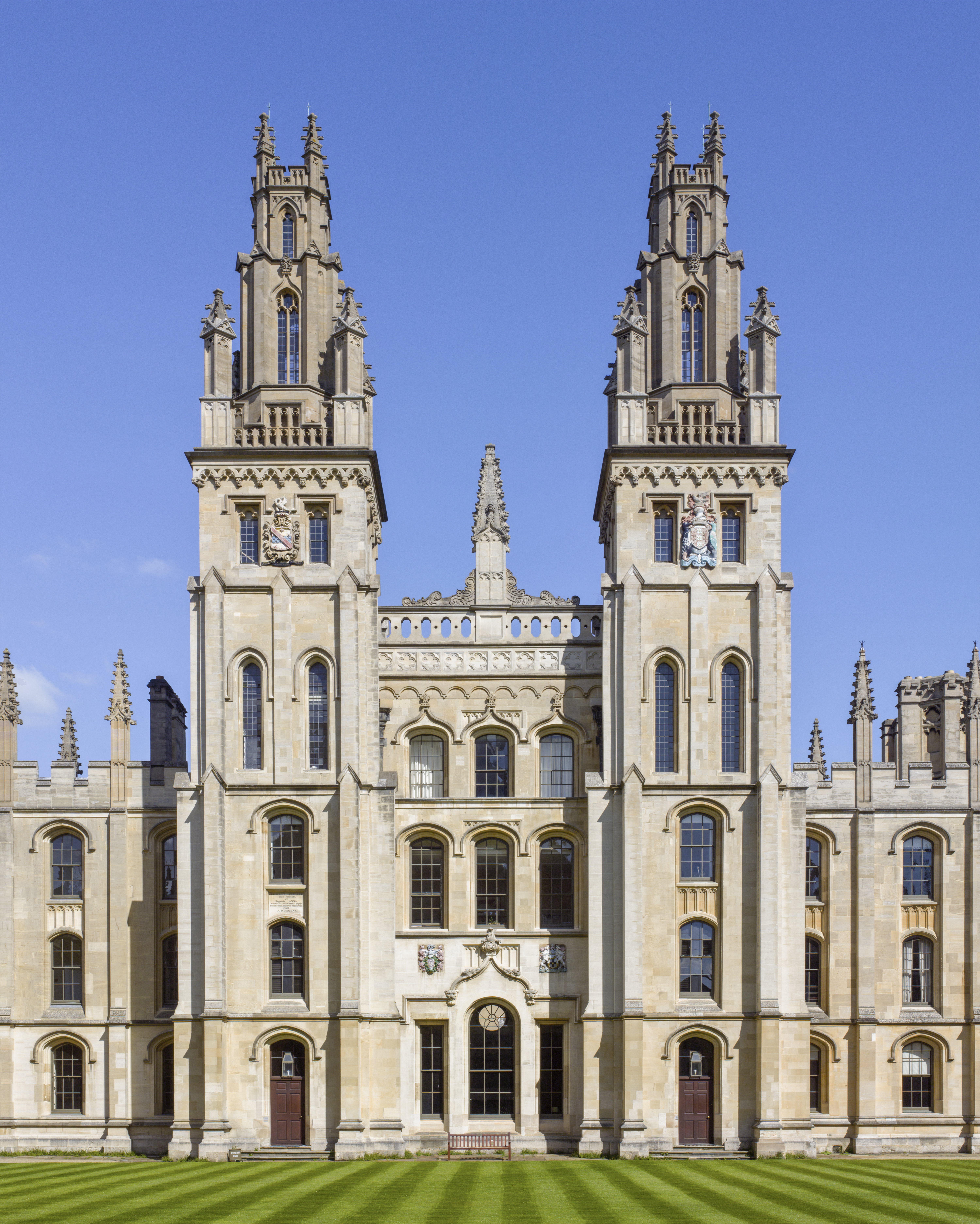|
St Margaret's Church, Barking
St Margaret's Church or the Church of St Margaret of Antioch is a Church of England parish church in Barking, East London. The church is a Grade I listed building built on a site dating back to the 13th century within the grounds of Barking Abbey, the ruins of a former royal monastery that was originally established in the 7th century. The building is dedicated to Margaret the Virgin. History Medieval It originated as a chapel for local people within the grounds of Barking Abbey, to the south of the Abbey church. Its oldest part is the chancel, built early in the 13th century during the reign of King John. The building is said to have been made into a parish church in 1300 by Anne de Vere, abbess of the Abbey. Until the 1390s Barking formed a rectory, held by the Abbey and divided into two vicarages known as 'Northstrete' (probably funded by income from the Ilford area) and 'Southstrete' (serving the Abbey church). The area suffered severe flooding in the late 14th century, ... [...More Info...] [...Related Items...] OR: [Wikipedia] [Google] [Baidu] |
Barking, London
Barking is a suburb and List of areas of London, area in Greater London, within the London Borough of Barking and Dagenham, Borough of Barking and Dagenham. It is east of Charing Cross. The total population of Barking was 59,068 at the 2011 census.If defined as the Abbey, Eastbury, Gascoigne, Longbridge, and Thames Wards and electoral divisions of the United Kingdom, electoral wards of Barking & Dagenham Council In addition to an extensive and fairly low-density residential area, the town centre forms a large retail and commercial district, currently a focus for regeneration. The former industrial lands to the south are being redeveloped as Barking Riverside. Origins and administration Toponymy The name Barking came from Old English language, Anglo-Saxon ''Berecingas'', meaning either "the settlement of the followers or descendants of a man called Bereca" or "the settlement by the birch trees". In AD 735 the area was ''Berecingum'' and was known to mean "dwellers among the birc ... [...More Info...] [...Related Items...] OR: [Wikipedia] [Google] [Baidu] |
Barking Abbey
Barking Abbey is a former royal monastery located in Barking, in the London Borough of Barking and Dagenham. It has been described as having been "one of the most important nunneries in the country". Originally established in the 7th century, from the late 10th century the abbey followed the Rule of St. Benedict. The abbey had a large endowment and sizeable income but suffered severely after 1377, when the River Thames flooded around of the abbey's land, which was unable to be reclaimed. Despite this, at the time of the dissolution it was still the third wealthiest nunnery in England. The abbey existed for almost 900 years, until its closure in 1539, as part of King Henry VIII's Dissolution of the Monasteries. It had many notable abbesses including several saints, former queens and the daughters of kings. The abbess of Barking held precedence over all other abbesses in England. The ruined remains of Barking Abbey now form part of a public open space known as Abbey Green. It is ... [...More Info...] [...Related Items...] OR: [Wikipedia] [Google] [Baidu] |
Listed Building
In the United Kingdom, a listed building or listed structure is one that has been placed on one of the four statutory lists maintained by Historic England in England, Historic Environment Scotland in Scotland, in Wales, and the Northern Ireland Environment Agency in Northern Ireland. The term has also been used in the Republic of Ireland, where buildings are protected under the Planning and Development Act 2000. The statutory term in Ireland is " protected structure". A listed building may not be demolished, extended, or altered without special permission from the local planning authority, which typically consults the relevant central government agency, particularly for significant alterations to the more notable listed buildings. In England and Wales, a national amenity society must be notified of any work to a listed building which involves any element of demolition. Exemption from secular listed building control is provided for some buildings in current use for worship, ... [...More Info...] [...Related Items...] OR: [Wikipedia] [Google] [Baidu] |
George Jack (architect)
George Washington Henry Jack (8 August 1855 – 15 December 1931) was a British Arts and Crafts designer and architect. Born in America, he grew up and trained in Scotland, before moving south to join the office of Philip Webb. A contemporary of William Morris, Jack designed furniture for Morris & Co., and was a member of the Art Workers Guild and the Arts and Crafts Society. After the turn of the 20th century, he set up his own practice, which continued until his death. Biography Jack was born on Long Island, New York, the son of an engraver of Scottish descent. On his father's early death in 1860, the young Jack was taken by his mother, a pianist, back to Scotland, where they settled in Glasgow. In 1869, Jack was articled to the office of Horatio Bromhead, where he met Thomas Hamilton Crawford. He then moved on to London, first joining the practice of Charles Vinall, and then, in 1880, the office of Philip Webb (1831–1915), the so-called "Father of Arts and Crafts Archit ... [...More Info...] [...Related Items...] OR: [Wikipedia] [Google] [Baidu] |
Charles Winmill
Charles Canning Winmill FRIBA (14 January 1865 – 11 January 1945) was an English architect working in the Arts and Crafts style during the late 19th and early 20th centuries. He spent much of his career in the London County Council's architects' department, before retiring early to focus on private work. He was a long-term active member of the Society for the Protection of Ancient Buildings, from 1898 onwards. He joined the Art Workers' Guild in 1917, served on the committee from 1927 to 1929, and helped to organise meetings and trips. He became a Fellow of the Royal Institute of British Architects in the late 1920s. Early life and education Charles Winmill was born at his parents' home in Balaam Street, Plaistow, East London, on 14 January 1865. His father was William Hill Winmill of West Ham, and his mother was Fanny Sarah (née Mumford) of Henham, Essex (they were married at St Mary's Church, Plaistow, on 7 November 1863). A second son, Hallett, was born in 1867, and th ... [...More Info...] [...Related Items...] OR: [Wikipedia] [Google] [Baidu] |
Elizabeth Batts Cook
Elizabeth Cook ( Batts; 4 February 1742 – 13 May 1835) was the wife, and, for more than 50 years, widow, of Captain James Cook. Biography Elizabeth Batts was the daughter of Samuel Batts who was Public house#Inns, keeper of the Bell Inn at Execution Dock, Wapping. Samuel Batts was one of Cook's mentors. She married James Cook at St Margaret's Church, Barking, Essex on 21 December 1762. Cook (1728–1779) was then a Master (naval), master in the Royal Navy but had not yet held his first independent command. The couple had six children: James (1763–94), Nathaniel (1764–80, lost aboard which foundered with all hands in a Great Hurricane of 1780, hurricane in the West Indies), Elizabeth (1767–71), Joseph (1768–68), George (1772–72) and Hugh (1776–93), the last of whom died of scarlet fever while a student at Christ's College, Cambridge. When not at sea, Cook lived in the East End of London and the family attended St Paul's Church, Shadwell, where their son James was ... [...More Info...] [...Related Items...] OR: [Wikipedia] [Google] [Baidu] |
Charles Montagu (of Boughton)
Sir Charles Montagu (c. 1564 – 11 September 1625) of Cranbrook Hall in the parish of Barking, Essex, was an English politician who sat in the House of Commons from 1614 to 1625. Montagu was one of the eight sons of Sir Edward Montagu of Boughton House in Northamptonshire by his wife Elizabeth Harington, a daughter of James Harington of Exton, Rutland and Lucy Sidney.T.G. Smollett, 'A Genealogical Account of Montagu, Duke of Manchester', ''The British Magazine, or, Monthly Repository for Gentlemen & Ladies'', Vol. II (James Payne, London 1761)pp. 576-83, at p. 579(Google). Among his brothers were Edward Montagu, 1st Baron Montagu of Boughton, ancestor of Montagu, Dukes of Montagu; Henry Montagu, 1st Earl of Manchester, ancestor of Montagu, Dukes of Manchester and Montagu, Earls of Halifax and Sir Sidney Montagu, ancestor of Montagu, Earls of Sandwich. He was knighted at York or at Grimston Park on 18 April 1603. He was elected as a Member of Parliament for Harwich in 1614, ... [...More Info...] [...Related Items...] OR: [Wikipedia] [Google] [Baidu] |
Bishop Of Chelmsford
The Bishop of Chelmsford is the Ordinary of the Church of England Diocese of Chelmsford in the Province of Canterbury.'' Crockford's Clerical Directory 2008/2009 (100th edition)'', Church House Publishing (). The current bishop is Guli Francis-Dehqani, since the confirmation of her election on 11 March 2021. History The diocese was founded in 1914 under George V from the Diocese of Saint Albans (of which it had been a part since 1877). The present diocese covers the County of Essex including those parts of Essex added to Greater London on 1 April 1965 and Ballingdon-with-Brundon, transferred to Suffolk and Great/Little Chishill and Heydon, transferred to Cambridgeshire in 1894. The see is in the city of Chelmsford where the seat is located at the Cathedral Church of Saint Mary, Saint Peter and Saint Cedd which was elevated to cathedral status in 1914. The bishop's residence is Bishopscourt, Margaretting. List of bishops Assistant bishops Assistant bishops of the diocese ha ... [...More Info...] [...Related Items...] OR: [Wikipedia] [Google] [Baidu] |
All Souls College, Oxford
All Souls College (official name: College of the Souls of All the Faithful Departed) is a constituent college of the University of Oxford in England. Unique to All Souls, all of its members automatically become fellows (i.e., full members of the college's governing body). It has no undergraduate members, but each year, recent graduate and postgraduate students at Oxford are eligible to apply for a small number of examination fellowships through a competitive examination (once described as "the hardest exam in the world") and, for those shortlisted after the examinations, an interview.Is the All Souls College entrance exam easy now? , ''The Guardian'', 17 May 2010. The college entrance is on the north side of |
Loxford
Loxford is part of Ilford in the London Borough of Redbridge in east London, UK. It is a built-up, multi-ethnic locality. History The medieval manor of Loxford was in the possession of Barking Abbey and in 1319 the Abbess of Barking was licensed to fell oaks in Hainault Forest to rebuild her house here after a fire. The present Loxford Hall dates from about 1830 and was enlarged around 1860. The terraced street plan of the Loxford Hall estate was laid out at the end of the nineteenth century as one of a cluster of developments that filled southern Ilford with relatively small and cheap houses. The first Loxford schools were opened in 1904. Loxford School is a new building replacing a secondary schoolThe Loxford PracticeLoxford Polyclinic] - the first purpose-built - opened in 2009. It is the location of Loxford Water, a tributary of the River Roding that forms the northern boundary of Barking Park. Loxford Hall now serves as a child and family consultation centre for the North ... [...More Info...] [...Related Items...] OR: [Wikipedia] [Google] [Baidu] |
Advowson
Advowson () or patronage is the right in English law of a patron (avowee) to present to the diocesan bishop (or in some cases the ordinary if not the same person) a nominee for appointment to a vacant ecclesiastical benefice or church living, a process known as ''presentation'' (''jus praesentandi'', Latin: "the right of presenting"). The word derives, via French, from the Latin ''advocare'', from ''vocare'' "to call" plus ''ad'', "to, towards", thus a "summoning". It is the right to nominate a person to be parish priest (subject to episcopal – that is, one bishop's – approval), and each such right in each parish was mainly first held by the lord of the principal manor. Many small parishes only had one manor of the same name. Origin The creation of an advowson was a secondary development arising from the process of creating parishes across England in the 11th and 12th centuries, with their associated parish churches. A major impetus to this development was the legal exac ... [...More Info...] [...Related Items...] OR: [Wikipedia] [Google] [Baidu] |





